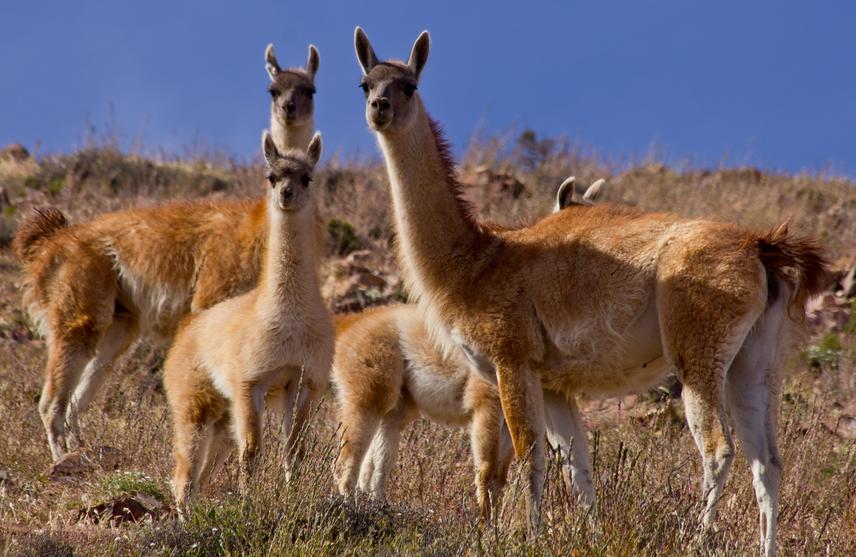Nicolás Fuentes-Allende
Other projects
25 Apr 2024
Effect of Seasonal Humidity on Crop Damage and Interspecific Interactions Between Wild and Domestic Large Herbivores in the Rural Areas of the Atacama Desert
Taruka (Hippocamelus antisensis) and guanaco (Lama guanicoe) are two threatened ungulates that live in the Atacama Desert of Northern Chile. Here, their feeding areas are restricted to ravines that maintain green vegetation throughout the year. Only 8% of this habitat is protected in this country (Mata et al., 2019), and this will not increase in the future. Local farmers also depend on these ravines for their agricultural activities. Unfortunately, farmers’ high use of ravines has resulted in displacement and persecution of wild ungulates when vegetation is scarce for their livestock. Local authorities have tried to manage this conservation conflict, but they have failed because there is not enough information to guide their management actions. Considering these species must share their feeding areas with livestock and agriculture, it is necessary to find a balance between ungulate protection and agricultural activities for successful conservation.

I plan to identify how seasonal changes of environmental humidity modifies the rates of interspecific competition and disease transmission between wild ungulates and livestock that use scarce and unprotected feeding areas in arid environments. More than half of this project will be invested in collecting and analysing field data about habitat and diet preferences, and transmission of Mycobacterium avium subsp. Paratuberculosis within the community of large herbivores that use humid ravines of the Atacama Desert (taruka, guanaco, feral donkeys, goat, lama). In addition, I will closely work with local shepherds and government managers throughout the project, keeping a constant and fluent communication with them to assure project success. One of the contributions to achieve is improving the monitoring program of tarukas and guanacos that the Chilean National Park Service (CONAF https://www.conaf.cl/) is currently deploying at these unprotected areas. CONAF is monitoring the seasonal use of feeding sites, and I hope to enrich their methods with my findings from the field. Another contribution will be updating the National Conservation Plan for Tarukas in Chile. I hope to include information related to the seasonal variation of plant-food availability and disease transmission across seasons. Finally, dissemination of results will be another contribution of this project. Then, I will generate informative posters to communicate the main results with the community. The main outcome of this project is to contribute with useful scientific information for improving the conservation of wild ungulates that inhabit rural areas assuring that the welfare of local communities is not undermined.